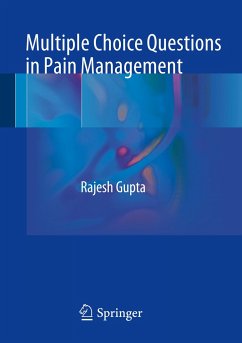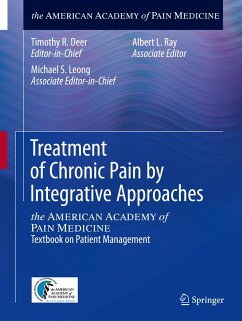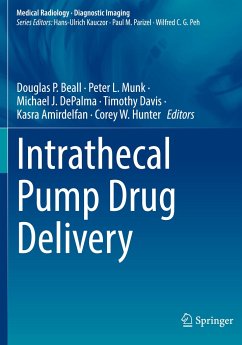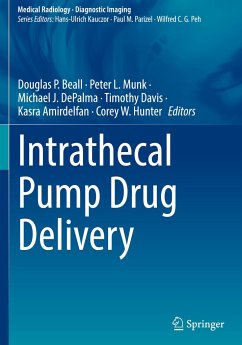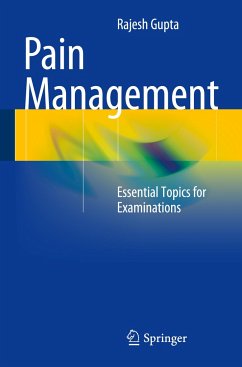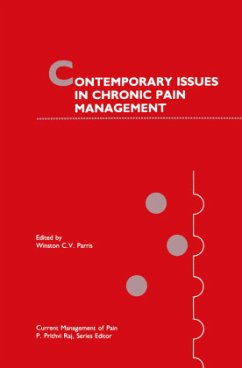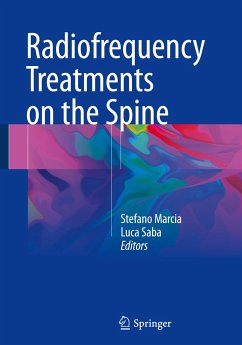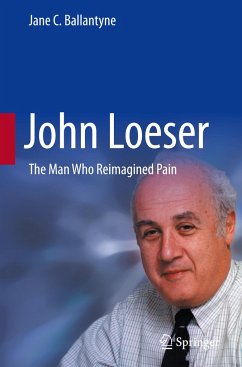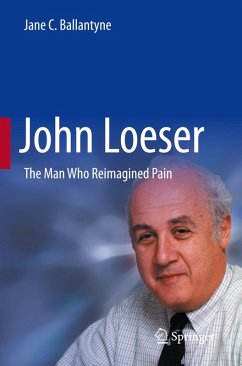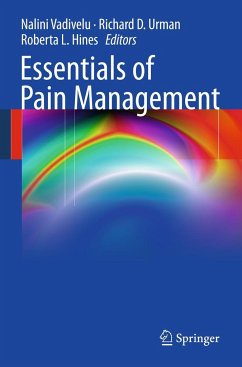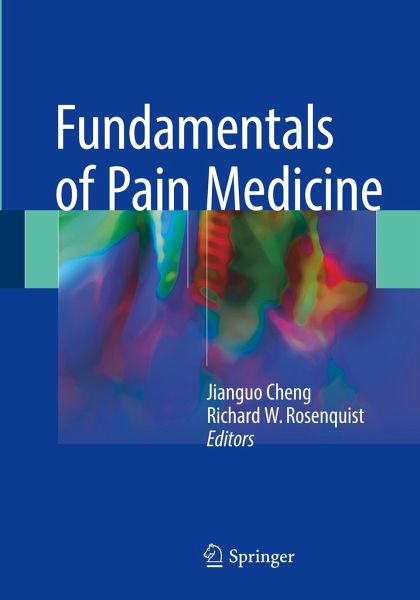
Fundamentals of Pain Medicine

PAYBACK Punkte
38 °P sammeln!
Characterized by clarity and straddling the line between scope and depth of information, this concise book provides physicians a comprehensive overview of pain medicine. Chapters are written by some of the leading minds in pain medicine and feature case studies, key points and suggested readings. Multidisciplinary approaches to the clinical and financial challenges of pain with the goal of improving patient quality of life are also discussed. Additionally, the book is in is in tight alignment with the information that trainees are expected to master for the American Board of Anesthesiology's p...
Characterized by clarity and straddling the line between scope and depth of information, this concise book provides physicians a comprehensive overview of pain medicine. Chapters are written by some of the leading minds in pain medicine and feature case studies, key points and suggested readings. Multidisciplinary approaches to the clinical and financial challenges of pain with the goal of improving patient quality of life are also discussed. Additionally, the book is in is in tight alignment with the information that trainees are expected to master for the American Board of Anesthesiology's pain medicine subspecialty certification, as outlined by the Joint Council on Anesthesiology Examinations; it covers the diagnosis of pain states, the management of pain, acute pain, radicular pain, neuropathic pain, chronic visceral pain, headaches, and special populations. This book is a must-have for anyone new to pain medicine or studying for the subspecialty certification.





